Filter by
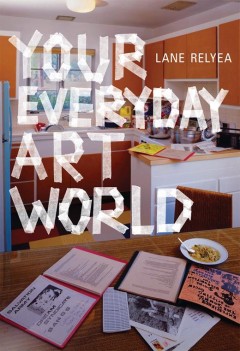
Your Everyday Art World
A critic takes issue with the art world's romanticizing of networks and participatory projects, linking them to the values of a globalized, neoliberal economy. Over the past twenty years, the network has come to dominate the art world, affecting not just interaction among art professionals but the very makeup of the art object itself. The hierarchical and restrictive structure of the museum …
- Edition
- -
- ISBN/ISSN
- 9780262316927
- Collation
- -
- Series Title
- -
- Call Number
- -

Why Photography Matters
A lucid and wide-ranging meditation on why photography is unique among the picture-making arts. Photography matters, writes Jerry Thompson, because of how it works—not only as an artistic medium but also as a way of knowing. With this provocative observation, Thompson begins a wide-ranging and lucid meditation on why photography is unique among the picture-making arts. He constructs an arg…
- Edition
- -
- ISBN/ISSN
- 9780262316866
- Collation
- -
- Series Title
- -
- Call Number
- -
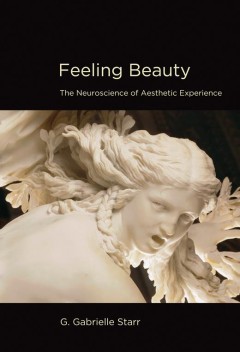
Feeling Beauty: The Neuroscience of Aesthetic Experience
A theory of the neural bases of aesthetic experience across the arts, which draws on the tools of both cognitive neuroscience and traditional humanist inquiry. In Feeling Beauty, G. Gabrielle Starr argues that understanding the neural underpinnings of aesthetic experience can reshape our conceptions of aesthetics and the arts. Drawing on the tools of both cognitive neuroscience and tradition…
- Edition
- -
- ISBN/ISSN
- 9780262315449
- Collation
- -
- Series Title
- -
- Call Number
- -
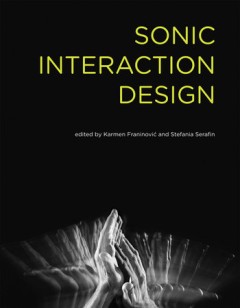
Sonic Interaction Design
An overview of emerging topics, theories, methods, and practices in sonic interactive design, with a focus on the multisensory aspects of sonic experience. Sound is an integral part of every user experience but a neglected medium in design disciplines. Design of an artifact's sonic qualities is often limited to the shaping of functional, representational, and signaling roles of sound. The in…
- Edition
- -
- ISBN/ISSN
- 9780262313308
- Collation
- -
- Series Title
- -
- Call Number
- -

Illusions in Motion: Media Archaeology of the Moving Panorama and Related Spe…
Tracing the cultural, material, and discursive history of an early manifestation of media culture in the making. Beginning in the late eighteenth century, huge circular panoramas presented their audiences with resplendent representations that ranged from historic battles to exotic locations. Such panoramas were immersive but static. There were other panoramas that moved—hundreds, and proba…
- Edition
- -
- ISBN/ISSN
- 9780262313094
- Collation
- -
- Series Title
- -
- Call Number
- -
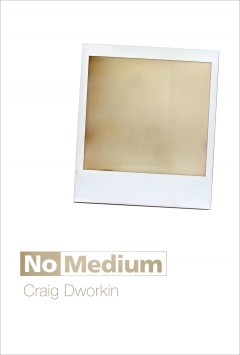
No Medium
Close readings of ostensibly “blank” works—from unprinted pages to silent music—that point to a new understanding of media. In No Medium, Craig Dworkin looks at works that are blank, erased, clear, or silent, writing critically and substantively about works for which there would seem to be not only nothing to see but nothing to say. Examined closely, these ostensibly contentless work…
- Edition
- -
- ISBN/ISSN
- 9780262312707
- Collation
- -
- Series Title
- -
- Call Number
- -
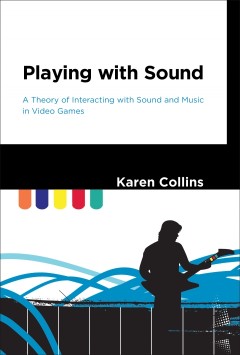
Playing with Sound: A Theory of Interacting with Sound and Music in Video Games
An examination of the player's experience of sound in video games and the many ways that players interact with the sonic elements in games. In Playing with Sound, Karen Collins examines video game sound from the player's perspective. She explores the many ways that players interact with a game's sonic aspects—which include not only music but also sound effects, ambient sound, dialogue, and…
- Edition
- -
- ISBN/ISSN
- 9780262312295
- Collation
- -
- Series Title
- -
- Call Number
- -

Hybrid Culture: Japanese Media Arts in Dialogue with the West
This title has been withdrawn from MIT Press Direct. Please follow the "Buy in Print Options" link for other ways to obtain this book. An exploration of the tensions between East and West and digital and analog in Japanese new-media art. This book grew out of Yvonne Spielmann's 2005–2006 and 2009 visits to Japan, where she explored the technological and aesthetic origins of Japanese new…
- Edition
- -
- ISBN/ISSN
- 9780262305839
- Collation
- -
- Series Title
- -
- Call Number
- -

The Psychophysical Ear: Musical Experiments, Experimental Sounds, 1840-1910
An examination of how the scientific study of sound sensation became increasingly intertwined with musical aesthetics in nineteenth-century Germany and Austria. In the middle of the nineteenth century, German and Austrian concertgoers began to hear new rhythms and harmonies as non-Western musical ensembles began to make their way to European cities and classical music introduced new composit…
- Edition
- -
- ISBN/ISSN
- 9780262305952
- Collation
- -
- Series Title
- -
- Call Number
- -

Parallel Presents: The Art of Pierre Huyghe
The first book-length art historical examination of a major contemporary French artist. Over the past two decades, French artist Pierre Huyghe has produced an extraordinary body of work in constant dialogue with temporality. Investigating the possibility of a hypothetical mode of timekeeping—“parallel presents”—Huyghe has researched the architecture of the incomplete, directed a puppet…
- Edition
- -
- ISBN/ISSN
- 9780262315326
- Collation
- -
- Series Title
- -
- Call Number
- -
 Computer Science, Information & General Works
Computer Science, Information & General Works  Philosophy & Psychology
Philosophy & Psychology  Religion
Religion  Social Sciences
Social Sciences  Language
Language  Pure Science
Pure Science  Applied Sciences
Applied Sciences  Art & Recreation
Art & Recreation  Literature
Literature  History & Geography
History & Geography